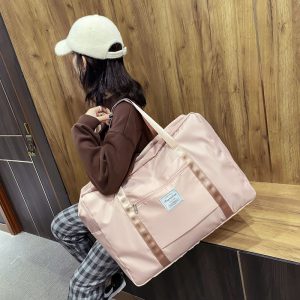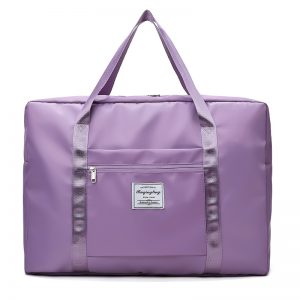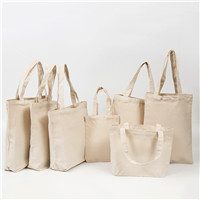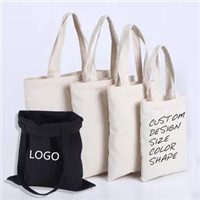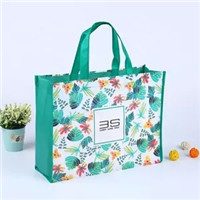Screen printing belongs to stencil printing, which is called the four printing methods together with lithography, embossing and gravure printing. Hole printing includes transcription, perforated pattern, spray and screen printing, etc. The principle of stencil printing is: the printing plate (the perforations that can pass ink are made on the base of the paper film plate or other plates). When printing, the ink is transferred to the substrate (paper, ceramics, etc.) through the perforations of the stencil under a certain pressure. ) To form an image or text.
During printing, the ink is transferred to the substrate through the mesh of the graphic part through the squeeze of the squeegee, forming the same graphic and text as the original. The screen printing equipment is simple, convenient to operate, simple in printing and plate making, low in cost, and strong in adaptability. Common printed materials for screen printing applications include: color oil paintings, posters, business cards, binding covers, product signs, printed and dyed textiles, etc.
Plate making method
Direct plate making
Method: The method of direct plate making is to first place the photosensitive film coated with photosensitive material on the work surface on the work surface, and place the stretched wrist screen frame flat on the film base, and then place it in the screen frame. Enter the photosensitive paste and apply pressure with a soft squeegee. After drying, the plastic film base is removed, and the photosensitive film wrist screen can be used for printing. After development and drying, a screen printing screen is produced.
Process flow: stretched net-degreasing-drying-peeling off the film base-exposure-developing-drying-revision-sealing
Indirect plate making
Method: The indirect method of plate making is to expose the indirect film line, harden it with 1.2 H2O2 and develop it with warm water. After drying, make a peelable graphic negative film. When making the plate, the film surface of the graphic negative film is tightly attached to the stretched screen. Squeeze to make the glue film adhere to the wet screen, remove the film base, and dry it with air to form a screen printing screen.
Process flow:
1). Stretched net-degreasing-drying
2). Indirect film-exposure-hardening-development
2-1-Fitting-Drying-Revision-Closure
3) Direct mixed plate making method
The photosensitive adhesive layer is first pasted on the screen frame with water, alcohol or photosensitive glue, and dried by hot air, the base of the photosensitive film is removed, and then the plate is exposed and developed to form a screen plate.
advantage
Advantages of screen printing:
(1) Not limited by the size and shape of the substrate
Generally, printing can only be performed on a flat surface, while screen printing cannot be performed on a flat surface. It can also be printed on a molded object with a special shape, such as a spherical curved surface. Anything with a shape can be performed by screen printing.
(2) The layout is soft and the printing pressure is small
The screen is soft and flexible.
(3) Strong ink coverage
It can be printed in pure white on all black paper, with strong three-dimensional effect.
(4) Suitable for the type of ink
(5) Strong anti-rotation performance
The gloss of the printed matter can be kept unchanged. (Neither temperature nor sunlight has any effect). This eliminates the need for additional laminating and other processes when printing some stickers.
(6) Flexible printing methods
(7) Convenient plate making, low price, easy to master
(8) Strong adhesion
(9) It can be silk-screened by hand or machine-printed
